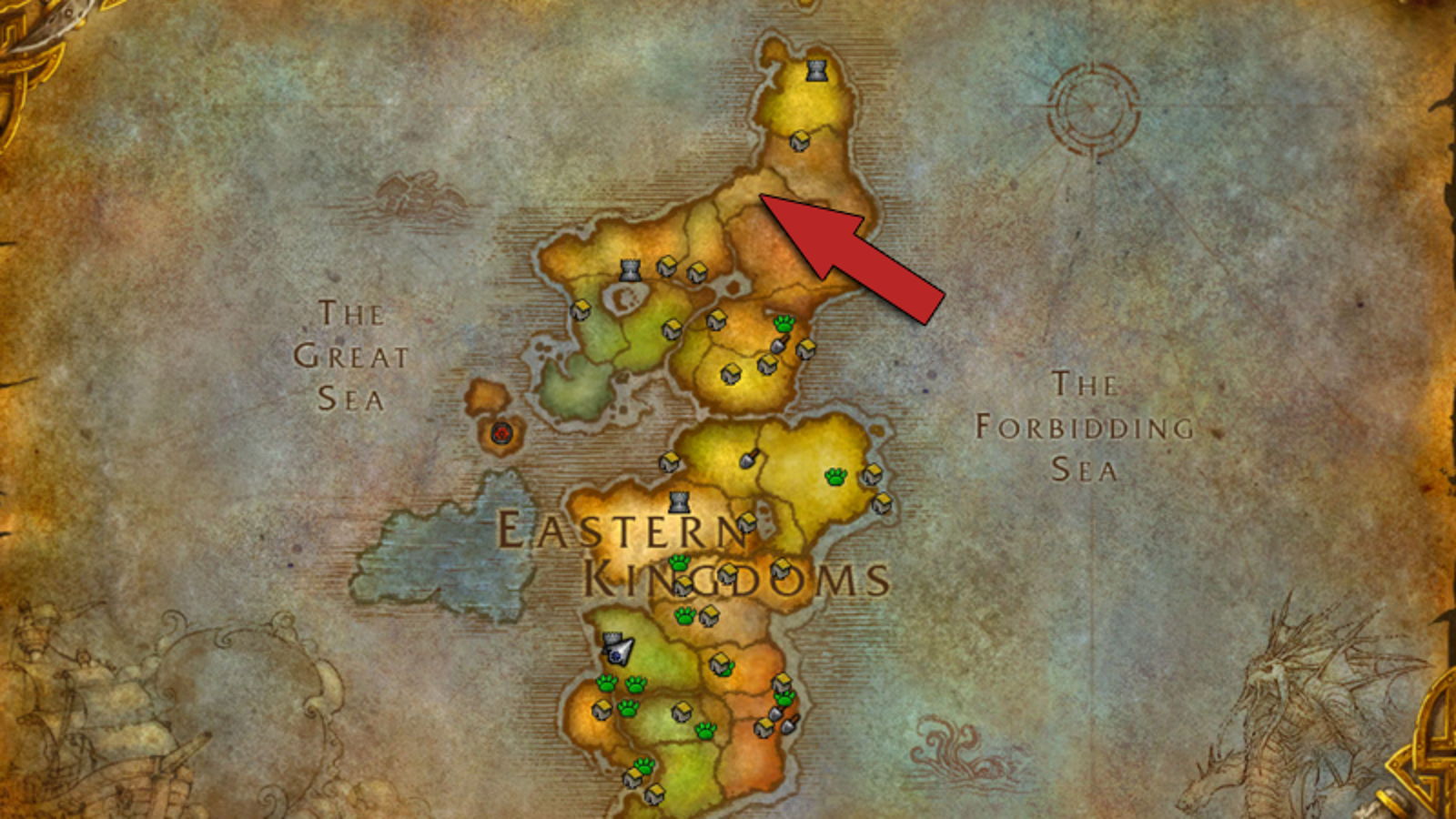
It won’t get you nearly as much EXP as a traditional Spell or Melee Cleave group in a dungeon, but it’s far easier to organize and pull off. It’s less lonely than questing alone, but it’s bound to get old fast. Open-world grinding is the simple idea of rounding up mobs in quest zones and burning them down in packs with a couple of friends. It’s probably not something you’ll want to do all the way to 60, but it can help bridge the gap between one zone and the next if you’re stuck somewhere with too few quests to complete. If you’re in a smaller group of two or three, open-world grinding can become an option. The more frost mages with improved blizzard traits, the better. Priests are fantastic healers here, but shamans and paladins can potentially fill in. The packs will be large enough to one-shot almost anyone if they get close, meaning paladins with a bubble are also good for large numbers. The idea here is to pull packs with a warlock/hunter pet or bear druid and have mages slow/freeze them with their spells and burn them down with things like Blizzard. Instead, be prepared for small pulls with plenty of downtime for mana regen. Spell Cleave groups can burn down entire dungeons in one go if done right, but it’s incredibly hard to pull off. Spell Cleave dungeon groups are far more involved. There’s a bit less risk involved with a Melee Cleave group over Spell Cleave, but the latter can beat out the other for raw EXP once mastered. It’s a simple case of having the paladin pull entire rooms with a protection bubble and letting the warrior spin to win while the Priest buffs and heals as needed. Shamans can fill in for the priest here, but rouges are basically a no-go due to their lack of area damage. Warriors are typically best for this, so a common composition ( as outlined here) is three warriors (with Cleave), one paladin, and a priest for healing. Melee CleaveĪs you might expect, Melee Cleave groups focus on melee AoE damage. Clear communication is key here, so it’s best reserved for good friends and guildmates over voice chat. This has led to the terms Melee Cleave and Spell Cleave based on the compositions used. Party composition becomes very important here, as monsters need to be bunched up and effectively AoE’d down to reap the rewards. Once a group has been found, compared to quests, dungeon grinding requires far less travel time between objectives and less time relying on specific monsters drops. When done correctly, they can offer comparable or greater EXP per hour than questing, even when split between party members. The idea here is to grind EXP from elite mobs found in dungeons as a group. While not really considered worthwhile in the vanilla World of Warcraft days of yore, increased player skill and understanding of the game has resulted in the idea of dungeon grinding being a worthwhile alternative to questing.

WoW Classic dungeon farming - Melee and Spell Cleave It’s rare for any zone to contain enough quests to carry you from one end of the level threshold to the other, so don’t expect to move around a lot.

It’s wise to head to these whenever your level allows rather than hanging around to mop up any unfinished quests in a zone you’ve out-leveled, as monster kills lower than your character level will award vastly reduced experience points. Anything more than that, and you might want to look at our alternative leveling process below.ĭown below, we’ve listed zones based on their average level.

The way loot is shared between groups means quests are better suited to solo players or, at a push, duos. Each zone in World of Warcraft is tailored toward players of a certain level, making it necessary to wander over one better suited to your level when you reach that stage or run out of quests in another. However, you can’t just go and complete any old quest you want to. You won’t get massive amounts of EXP per quest, but when tackled in batches, they’re far more rewarding than just killing mobs alone.
Wow classic unfinished business how to#


 0 kommentar(er)
0 kommentar(er)
